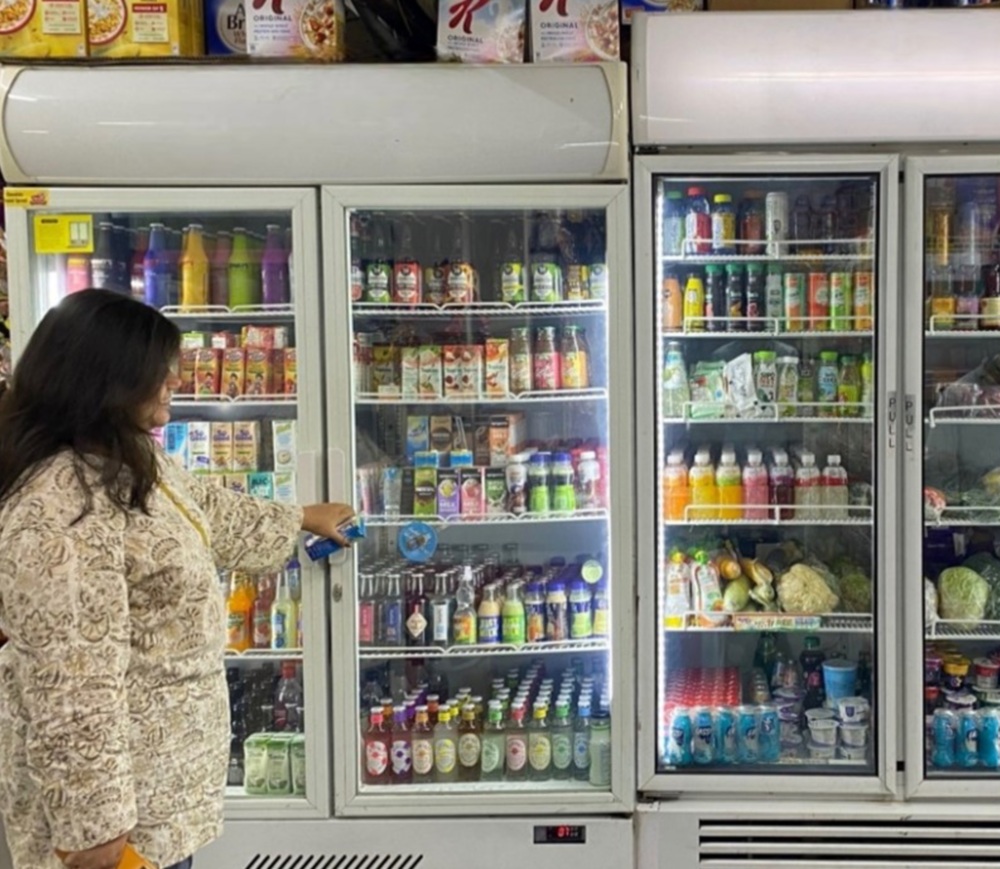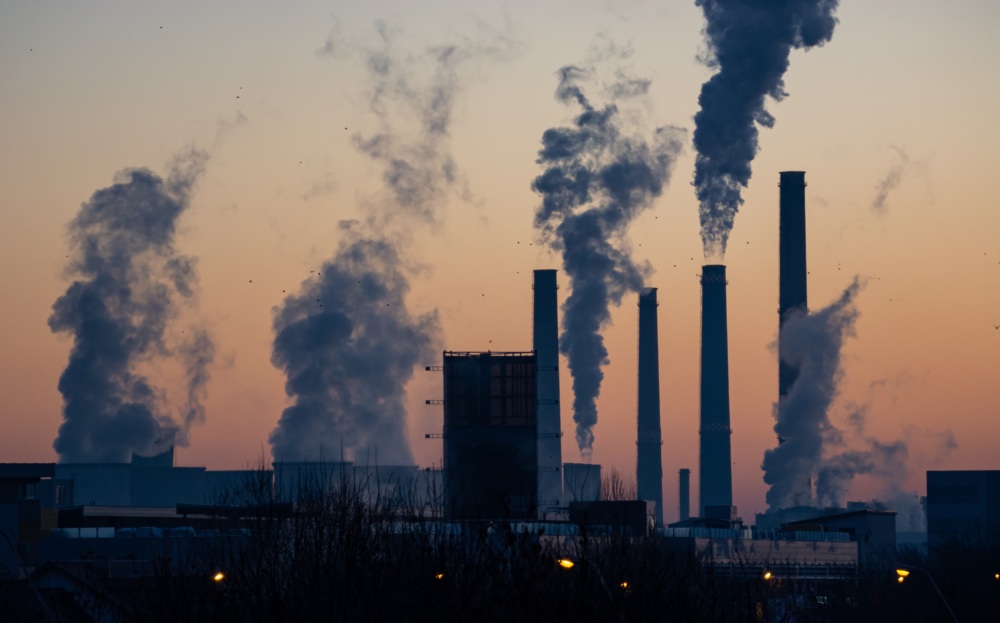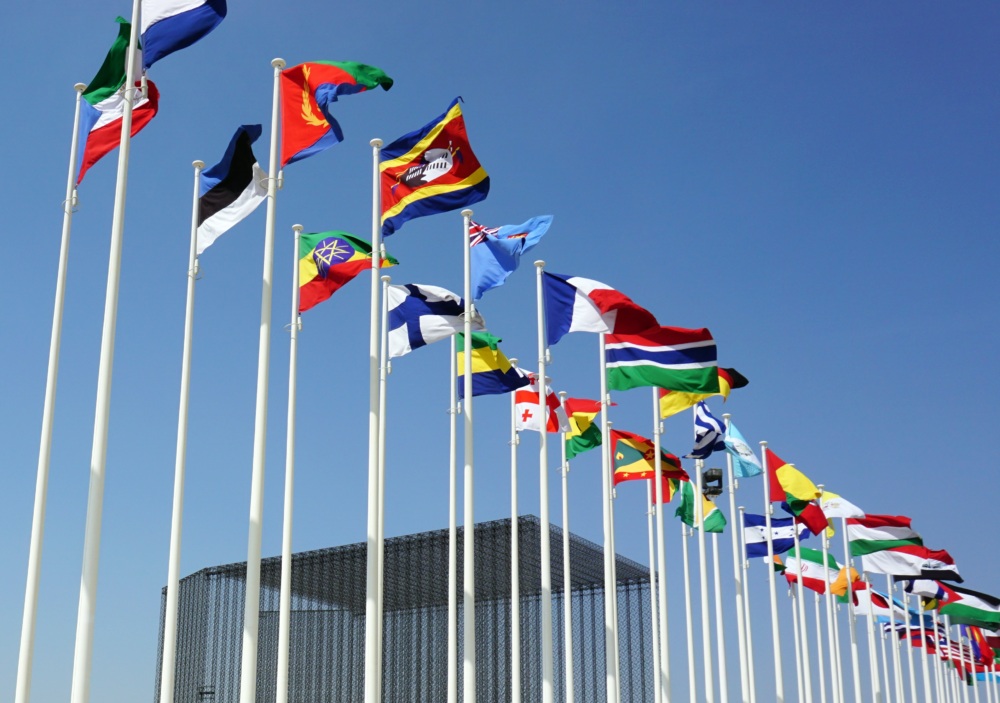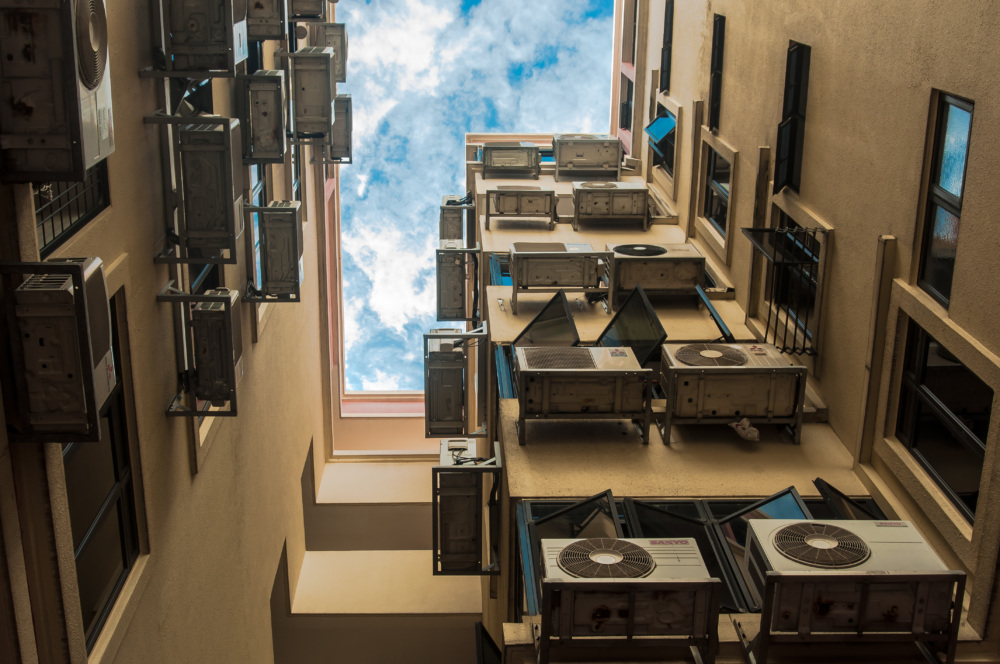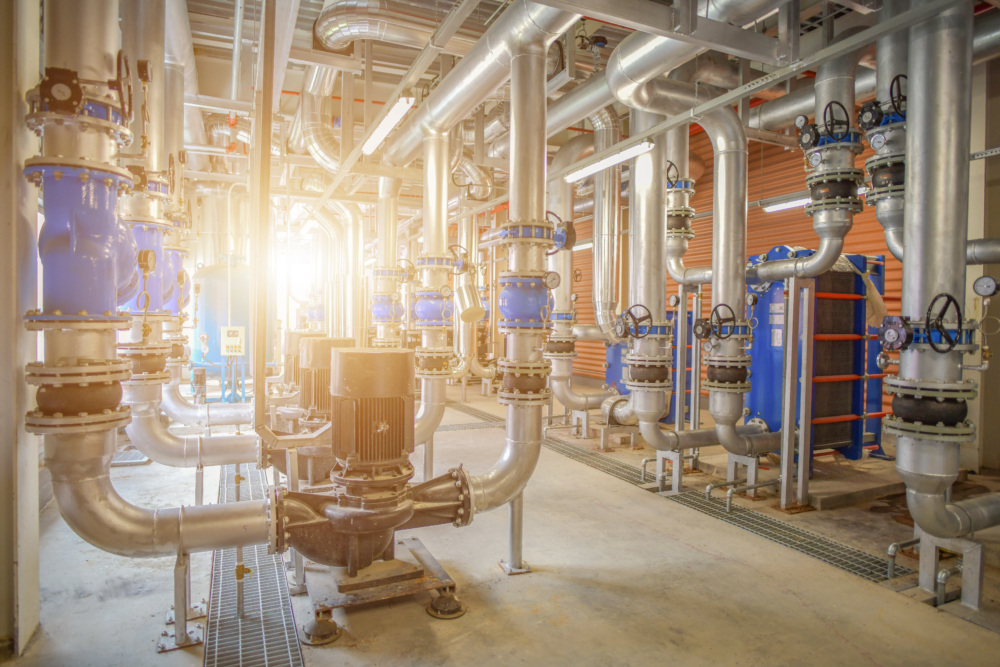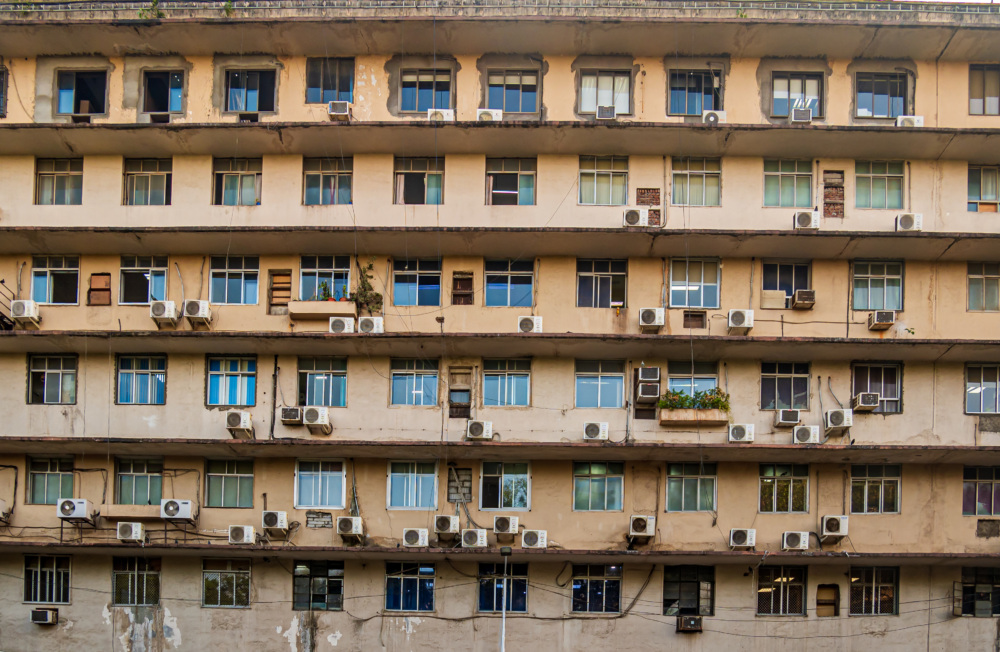Pathways to Prevent Dumping of Climate Harming Room Air Conditioners in Southeast Asia
Summary
CLASP’s new report examines the ongoing, widespread sale of less efficient air conditioners with obsolete refrigerants across Southeast Asia. The research includes actionable solutions which could reduce a billion tons of carbon dioxide emissions over 25 years, and slash consumers' energy bills.
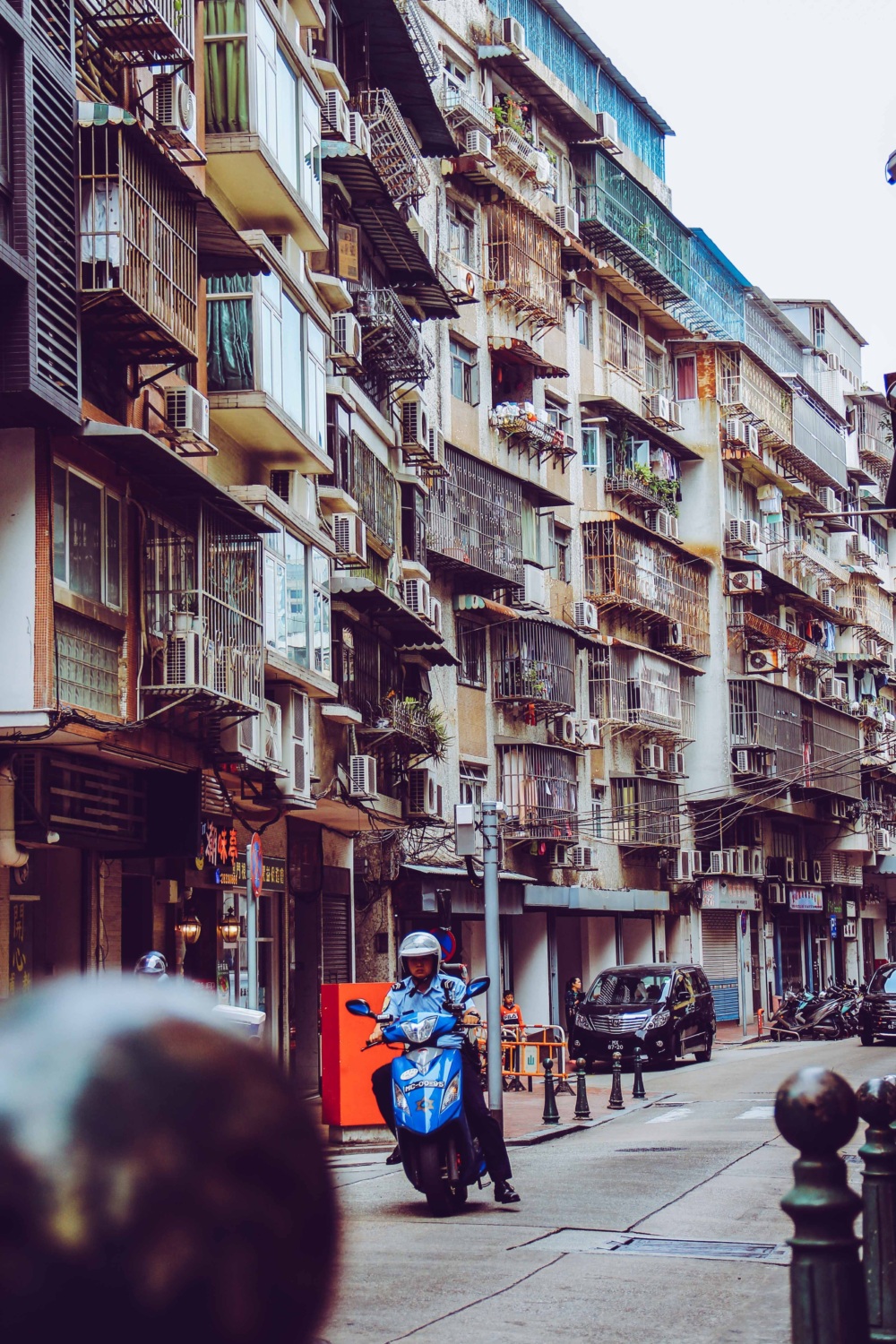
In the midst of a global climate emergency where high temperature records are broken annually, it is disappointing that the production and sale of affordable efficient ACs does not extend across all markets in Southeast Asia. This research shows the added financial savings and emission reductions that can come from stopping the influx of obsolete, energy-guzzling appliances that provide life-saving cooling to millions of people.Christine Egan
CEO, CLASP
The inefficient1 ACs flooding the region are manufactured by multinational companies, which produce high-efficiency models for their domestic markets. This practice of ‘appliance dumping’ takes advantage of loopholes in national regulations, posing a severe threat to the planet, exacerbating climate change, straining energy grids, and increasing energy costs for consumers.
This report by CLASP, with support from the Institute for Governance & Sustainable Development (IGSD), documents that five of the six Southeast Asian markets studied – Indonesia, Malaysia, the Philippines, Thailand, and Vietnam – are saturated with low-efficiency room air conditioners (ACs), while only Singapore has efficient ACs with less-damaging refrigerants.
The soaring temperatures and record heatwaves that plague Southeast Asia have led to a surge in demand for residential air conditioning. However, the report reveals that if all six countries put an end to the dumping of inefficient ACs, it could result in a reduction of over 1 billion metric tons of carbon dioxide emissions over 25 years. Additionally, the region would save a cumulative USD 148 billion, exceeding the combined energy investment of the six analyzed countries over the last quarter century (USD 134 billion).
Key findings of the report include:
- The dominant multinational brands responsible for this dumping are headquartered in China, Japan, South Korea, and the United States. Since the majority of electricity in Southeast Asia is generated by fossil fuels, energy-intensive RACs contribute towards substantial indirect carbon emissions.
- In 2021, a notable 74% of total sales (6.2 million units) in the six markets were classified as low efficiency. However, sales of low-efficiency RACs vary by country. Indonesia and the Philippines are the most exposed to dated technology, with 97% and 78% of RACs, respectively, falling into this category, while in Vietnam, Malaysia, and Thailand the number is around 60%. Singapore had the most efficient RAC market, with just 21% of total sales being low-efficiency models.
- Most RACs imported to Southeast Asia do not meet the applicable minimum energy performance standards (MEPS) of the export countries. This means these inefficient units are banned from being sold in the brands’ domestic markets. Approximately 93% of RACs imported into Southeast Asia from China do not meet the efficiency requirements of China MEPS. 59% of RAC exports from South Korea to Southeast Asia and 21% of RAC exports from Japan to Southeast Asia are below the brands’ home-country requirements.
- The six Southeast Asian RAC markets use HFC refrigerants that have high GWPs. R-410A, an obsolete refrigerant scheduled for phasedown under the Montreal Protocol, has a GWP of 2,088, meaning it is over 2,000 times the potency of carbon dioxide. RACs containing R-410A accounted for 35% of Southeast Asia sales in 2021, measuring highest in Singapore (90%) and Thailand (66%).
Translations
0. For the purpose of this report, the low efficiency threshold is aligned with China (inverter) MEPS level (CSPF 6.1 Wh/Wh for CC ≤ 4.5 kW, CSPF 5.1 Wh/Wh for 4.5 kW < CC ≤ 7.1 kW, and CSPF 4.5 Wh/Wh for 7.1 kW < CC ≤ 14.0 kW), the ASEAN 2025 MEPS target level, and U4E model regulations for air conditioners. Similarly, high-GWP for RACs is above the 750 GWP threshold recommended in the U4E model regulations.

